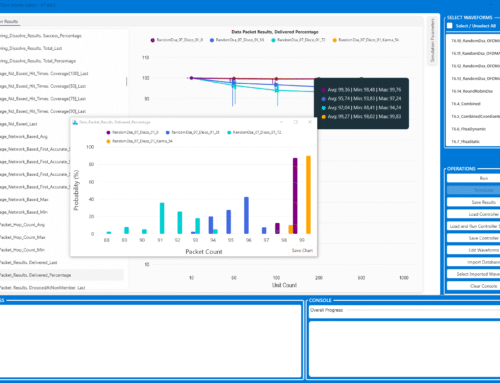Infotainment Interface Simulator
Advancing technology adds more capabilities to in-vehicle infotainment systems with each new model. High connectivity features, multimedia access, and ease of use while driving have become factors influencing customer preferences in new car sales. Measuring the impact of changes made during the development of the infotainment system’s interface (HMI) on user experience is one of the most time-consuming steps in the software development cycle. Integrating the HMI simulator we have designed into our development environment provides an opportunity to quickly observe how software developments affect user experience. It also allows for the immediate detection of errors that may escape the human eye by comparing the position of pixels on the screen against various rules.
Infotainment Interface Simualtor– User Interface
Infotainment Interface Simulator – Demo
CAN Bus Simulator
Today, an average vehicle contains dozens of microcontroller units and hundreds of software modules working together to perform the vehicle’s functions, primarily driving safety. The coordination of these microcontroller units is made possible through communication over the CAN Bus. In such a complex system, the ability to develop software modules independently allows for greater task sharing, thereby accelerating the development process. The CAN Bus Simulator we have developed simulates the communication of a software module with other modules, enabling early observation and debugging of software behavior. This method allows many errors to be resolved at a lower cost before integration with other modules.
CAN Bus Simulator – User Interface
CAN Bus Simulator – Demo











